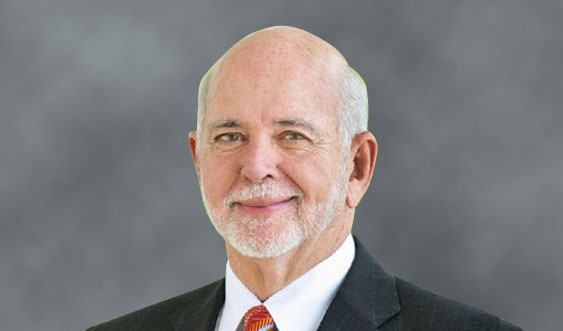![T1718EN_CMYK-C-[Converted]_2](https://rotarynewsonline.org/wp-content/uploads/2018/06/T1718EN_CMYK-C-Converted_21.jpg)
Dear fellow Rotarians,

Every two minutes, somewhere in the world, a woman dies from preventable causes related to pregnancy and childbirth. And babies whose mothers die within the first six weeks of their lives are far more likely to die themselves than babies whose mothers survive. As I’ve travelled around the world as President of Rotary, I’ve met families for whom these aren’t simply tragic statistics. But I’ve also met people who are devoting themselves to helping mothers and children — and because of them, I’m hopeful. And because many of those people are Rotarians, I’m also proud. April is Maternal and Child Health Month in Rotary, so it’s a perfect time to tell you about some things Rotarians are doing that will make you proud too.
Last fall, I paid a visit to a hospital in the town of Jekabpils in Latvia. It’s a modern hospital, and the doctors and nurses there are caring, dedicated and skilled. But despite all their hard work, the maternal mortality rate at the hospital had remained stubbornly high due to a factor that was beyond their control: a lack of vital diagnostic equipment and even basic items like incubators.
And that’s where Rotary came in. Twenty-one clubs from around the world joined forces for a global grant that provided what the hospital required. And in September, when I walked into the maternity ward there, I saw state-of-the-art equipment, and I met patients who were getting the care that they needed — and that every mother and child in the world deserves to have.
In Brazil, club members worked with fellow Rotarians in Japan on a global grant project that dramatically increased the capacity of an overstretched neonatal intensive care unit. New incubators, monitors, and other equipment have enabled the local hospital to save many more babies’ lives each year.
And in Mongolia, a vocational training team from New Zealand organised instruction in emergency response techniques for doctors and midwives, set up a programme that taught midwives modern best practices, and researched and wrote a culturally relevant childbirth education manual. Between 2013, when the team first went to Mongolia, and 2017, the neonatal mortality rate in the country fell from 11.2 to 9.1 per 1,000 births, and the maternal mortality rate has decreased as well.
That’s what I mean when I talk about transformational service, and it’s what Rotarians do best. Because of our networks, which span the globe; our community presence, which allows us to see what’s most needed; and our expertise, which encompasses countless skills and professions, we’re able to serve in a manner that has no equal. And we’re able to Be the Inspiration as we help those who need us most.

Barry Rassin
President, Rotary International





